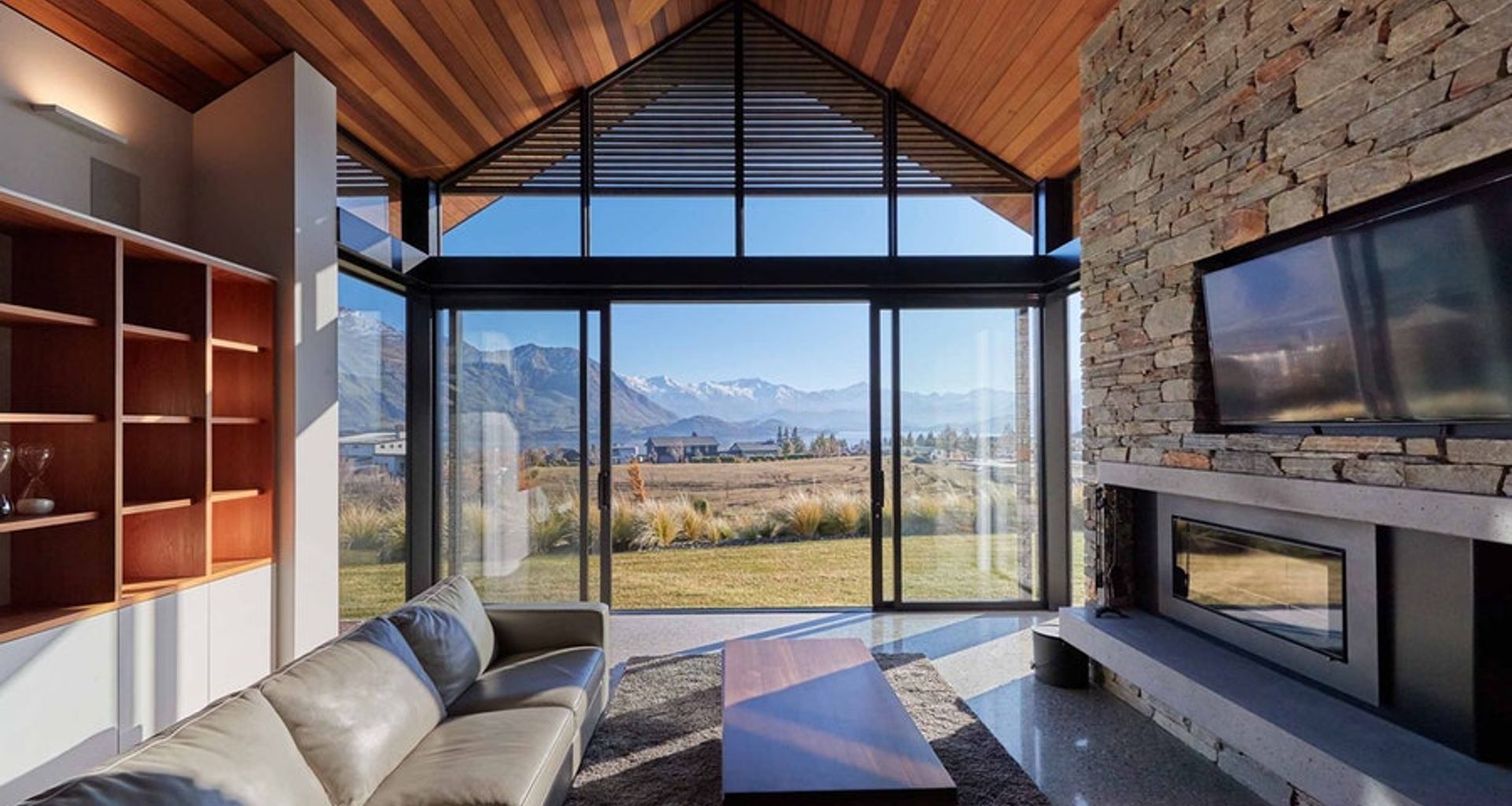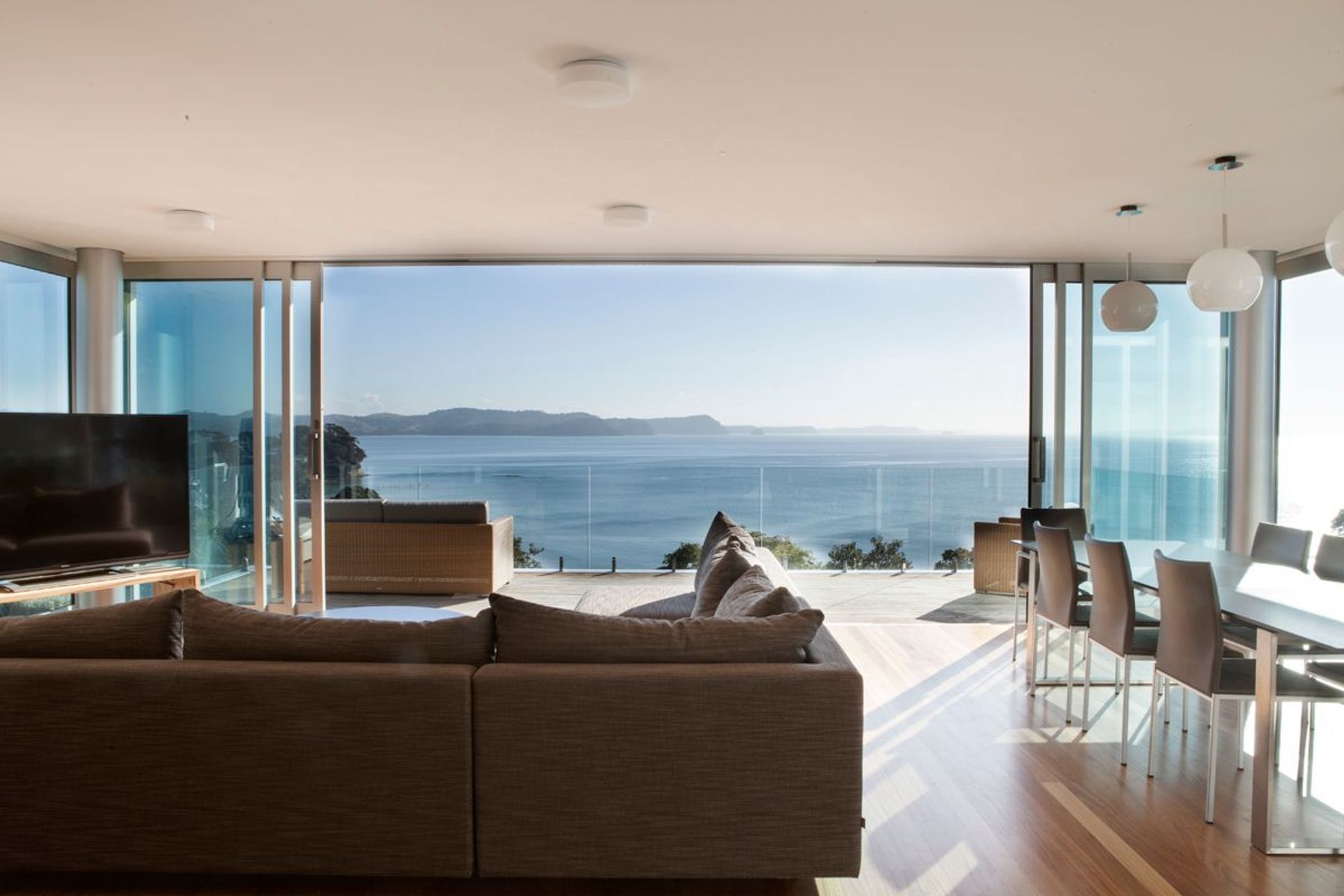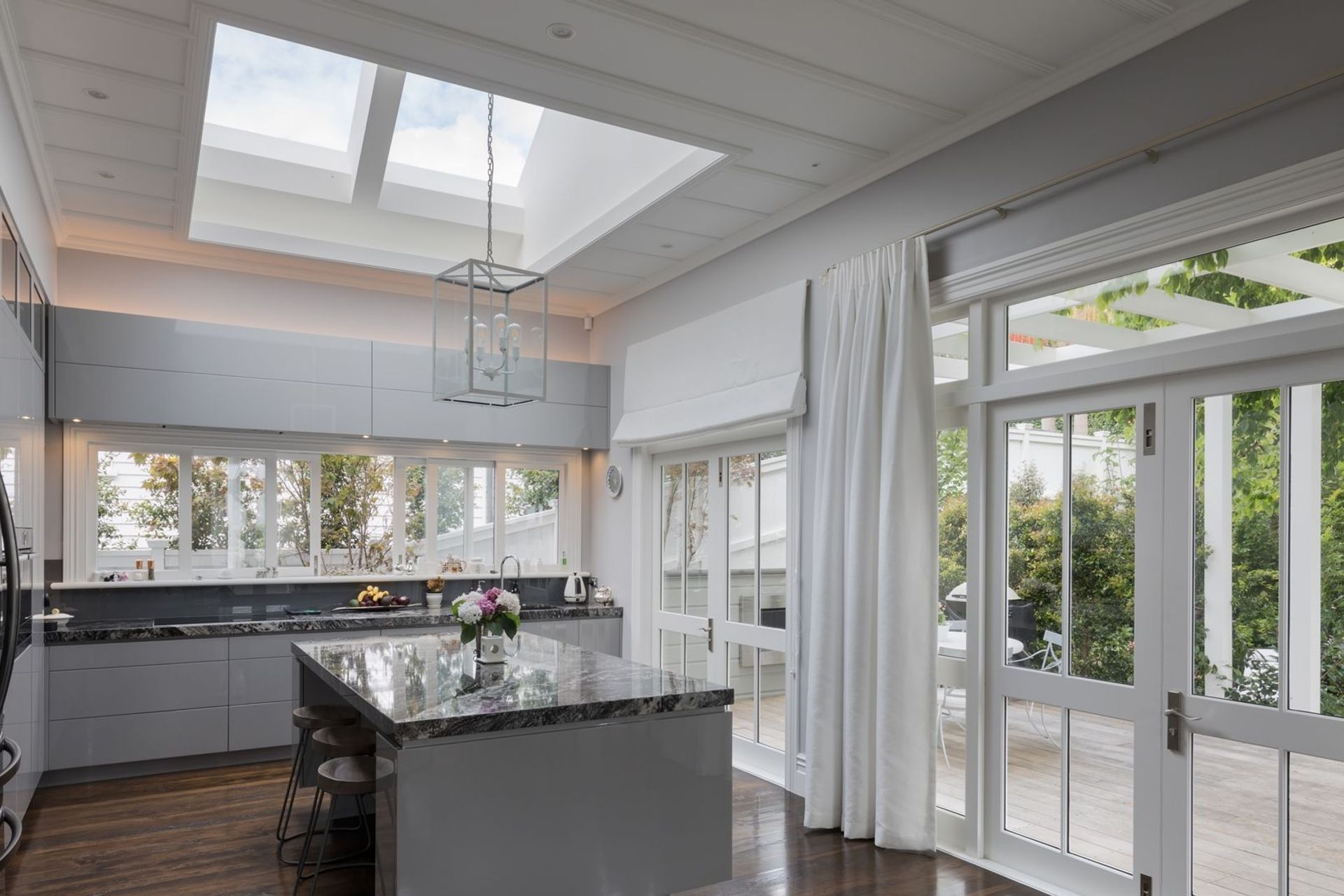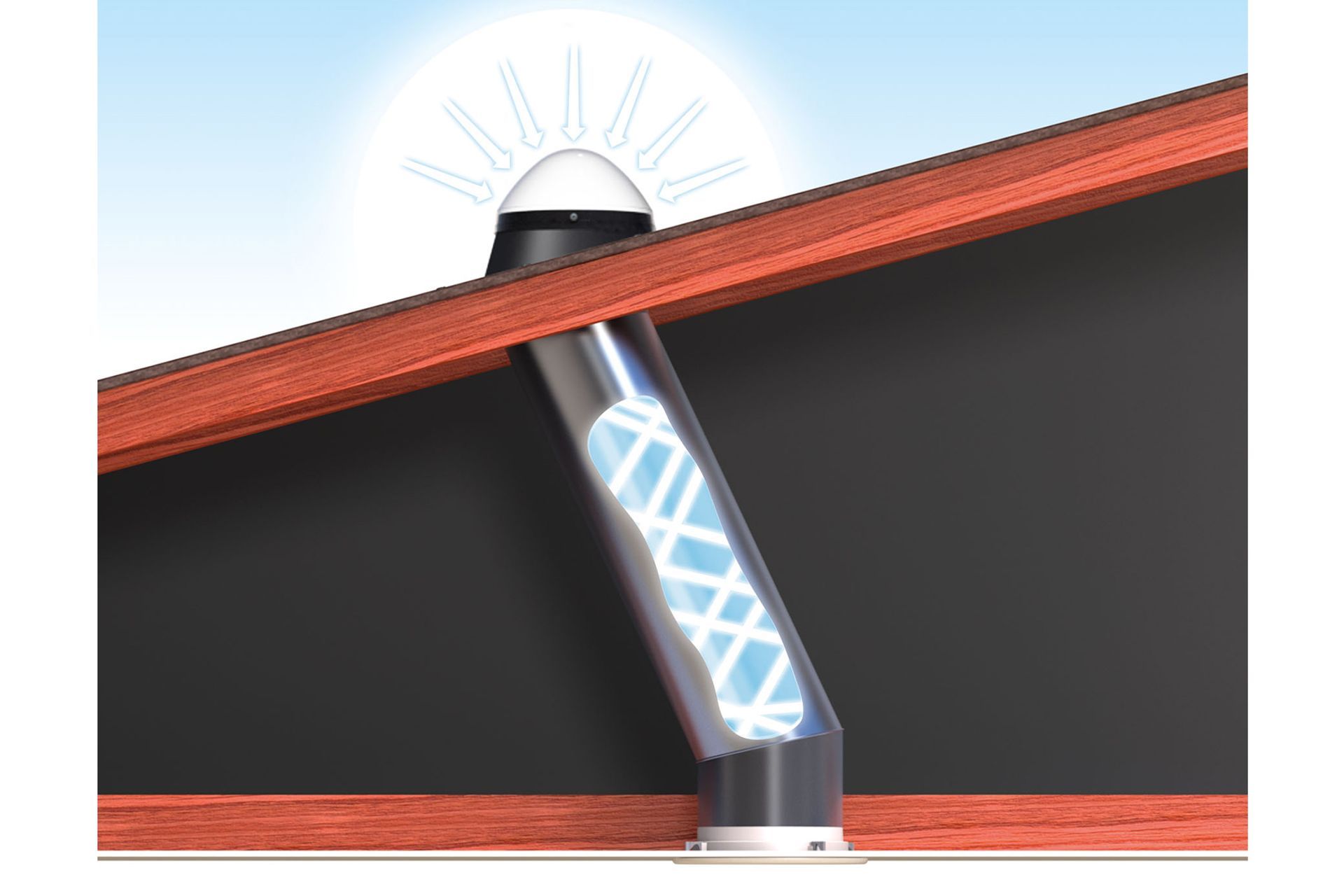Let in the light: how to improve natural light in the home
Written by
09 June 2020
•
4 min read

Natural light has the ability to transform an otherwise pedestrian space into something much more open, bright and inviting. A home filled with natural light will be healthier and more pleasant to live in, as well as requiring less energy to artificially light (and heat).
Whether you're trying to improve the natural light in your pre-existing home, or you're planning a new build and want to know how to maximise the light that will enter it, the methods for doing so are largely the same.
Here are four ways you can let in the light.
1. Orient your home towards the north
One of the best ways to get more natural light into your home is with its orientation. Setting your house to 'face' north, with the main living spaces you want filled with light on the northernmost edge will get the most out of the sun during the day.
While this is a valuable rule of thumb, it has some exceptions which are dependent on the local climatic conditions. If you're in a colder part of the country, maximising north-facing windows is usually ideal, but in warmer areas some additional precautions may be needed, as too much sun can make the home too hot. This can be abated to some extent with good ventilation, air conditioning, oversized eaves or operable louvres or shutters but it's an important consideration to be aware of nonetheless.
It can also be managed with products like UV window films or tints that reduce the intensity of the incoming radiation, but whether these additions are necessary will depend on the specifics of your home and climate.
2. Increase the amount of glazing
If you want more natural light in your home, there's no real way around the simple fact that what's required is more square footage of glazing. The greater the proportion of the building's skin that is glass, the more light will be let in.
The two primary options on walls (we'll come to roof lighting in a moment) are windows and glass-panelled doors. A sliding glass door out to a deck, for example, can provide almost an entire wall's worth of space for light to flow inside.
As mentioned above, the north face of the house will get the most bang for the buck in terms of sunlight. If you're renovating rather than building and can't change the layout of your home dramatically, adding windows or glazed doors to rooms on the north side of the home will be the most efficient way to increase the indoor natural light.
3. Take advantage of skylights or solar tubes
For some rooms in a home, there may not be an option for windows, as none of the walls are part of the exterior. In these cases, a good option can be to install a skylight.
As a window in the ceiling, skylights are designed to let in the sun from above, which means they can provide a lot more direct natural light in the middle of the day while the sun's overhead.
Where the room is on a lower level, a skylight is still an option—albeit in a different format. A tubular skylight, like this model from Adlux, funnels the light from a collector on the top of the roof down through a highly reflective shaft into the room being illuminated below. These skylights, also sometimes known as 'sun tunnels,' can be a great option for getting more natural light into spaces where it otherwise would be impossible.
4. Finish with light colours
While the most important factor in bringing more light into a space is how much enters the building through windows, glass doors, and skylights, there are things you can do to enhance the effect of the existing light that's coming in.
Walls that are painted or wallpapered with bright colours that reflect light instead of absorbing it can be helpful in keeping the ambient light levels of a space higher than if that light was being absorbed by darker tones.
Mirrors are even more effective at reflecting light; placed in a strategic position, a mirror can direct light into parts of the home that otherwise wouldn't see any natural light. Directing natural light in this way can be particularly useful in areas where even a skylight might not be workable.
<sup>Top banner image credit: </sup><sup>Design Windows</sup>


